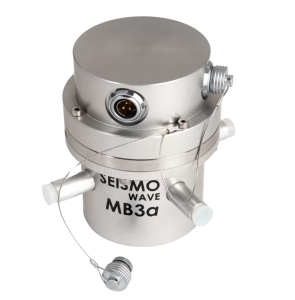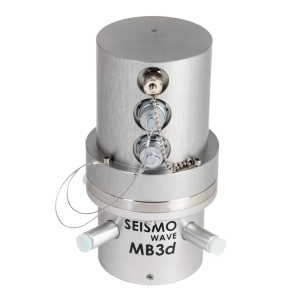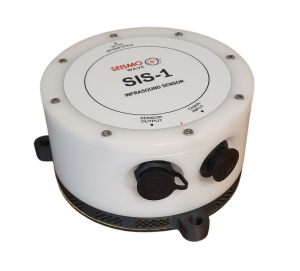Infrasound holds significant importance across various industries. From environmental monitoring to industrial safety and military applications, understanding and measuring infrasound have emerged as important practices. Let’s explore further into what infrasound is, why it’s crucial to measure it in different sectors, and the sensors available to measure it.
What is Infrasound?
Sound is a form of energy that travels in waves through mediums such as air, water, or solids. These waves are created by vibrations, which disturb the molecules in the medium, causing them to collide and generate sound waves. The human ear can perceive sound within a specific range of frequencies, typically between 20 Hz and 20,000 Hz, although this range varies from person to person.
Infrasound refers to sound waves with frequencies below the lower limit of human audibility, typically below 20 Hz and down to 0.001 Hz. While infrasound is imperceptible to the human ear, it still exists in the environment and can have significant effects. Infrasound waves can be generated by various natural phenomena such as earthquakes, volcanic eruptions, storms, and ocean waves. They can also be produced by human-made sources such as industrial machinery, explosions, and rocket launches.
Despite being outside the range of human hearing, infrasound waves can travel vast distances and interact with different mediums. Infrasound detection and analysis have applications in fields such as seismology, meteorology, environmental monitoring, and even in military and industrial contexts.
Importance of Infrasound Measurement
The measurement of infrasound finds crucial applications across various industries. Here’s a glimpse into some key sectors where infrasound monitoring plays an important role:
Geologic and Environmental Monitoring

Infrasound is a powerful tool for monitoring natural events like earthquakes, avalanches, volcanic eruptions, weather patterns and other atmospheric phenomena like meteors and auroras. By detecting infrasonic signals, researchers can better understand and characterize these phenomena, assess potential risks, and implement early warning systems to mitigate disasters. Many seismic stations are often bundled with an infrasound sensor next to the seismometer, particularly in volcano monitoring networks.
Military and Defense Applications
Infrasound plays a vital role in the detection and location of explosions. The Comprehensive Nuclear Test-Ban Treaty Organization (CTBTO), through its International Monitoring System (IMS), oversees a worldwide array of infrasound stations alongside seismic and hydroacoustic stations. You can find more information on IMS infrasound stations on this webpage from CTBTO. In Australia, these IMS stations are primarily operated by Geoscience Australia, with one station managed by the Australian National University.

Industrial Safety
In industrial settings, machinery and equipment often produce infrasound as a byproduct of their operations. Monitoring infrasound levels helps ensure the safety and well-being of workers by identifying potential mechanical failures or malfunctions before they escalate into hazards
Measuring Infrasound with Microbarometers
Accurate measurement of infrasound requires specialized equipment capable of detecting ultra-low-frequency vibrations. Microbarometers or infrasound sensors are the instruments used for these measurements, offering sensitive detection and precise data acquisition. These instruments operate on principles such as pressure variations or particle displacement to capture infrasonic signals effectively.
ESS Earth Sciences offers the following infrasound sensors from Seismo Wave. The analogue models can be used with our Gecko Compact recorder.






